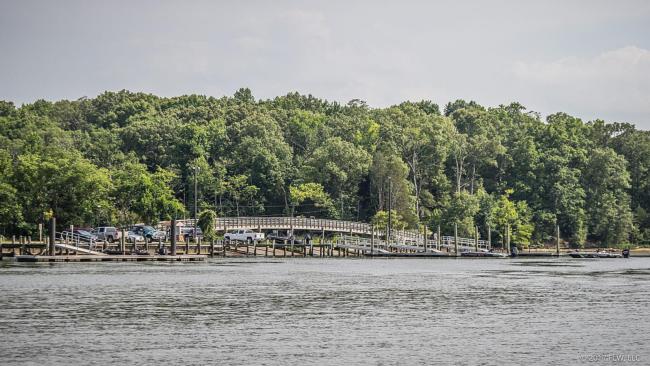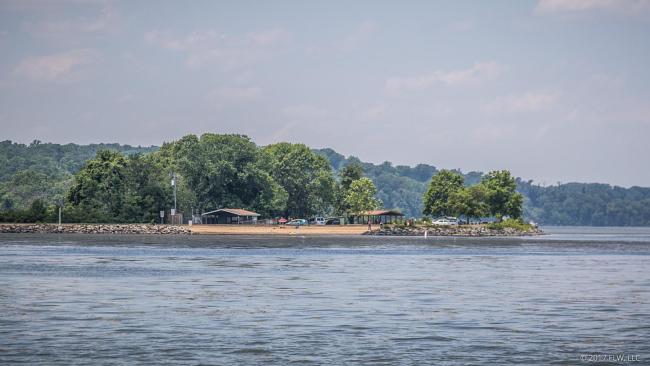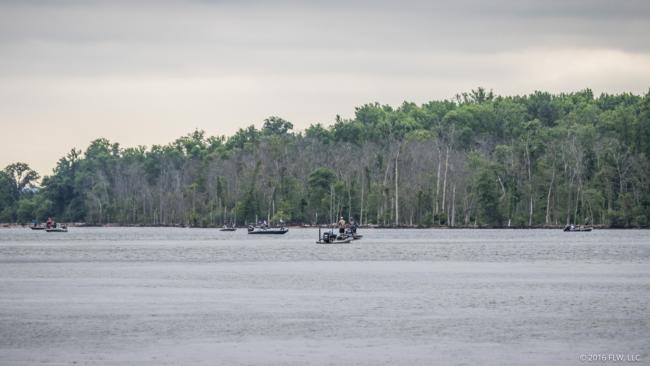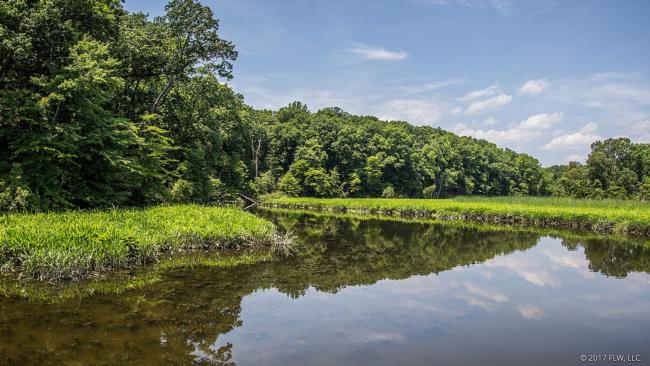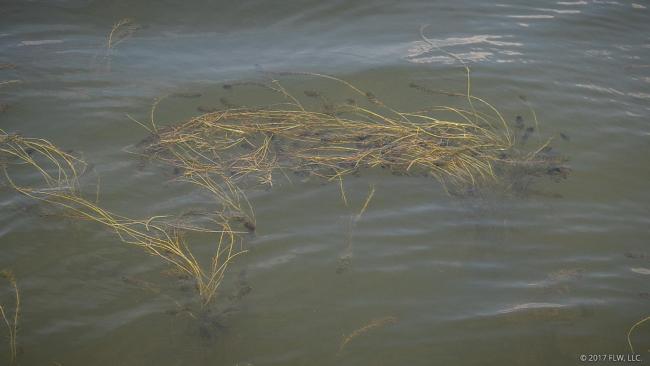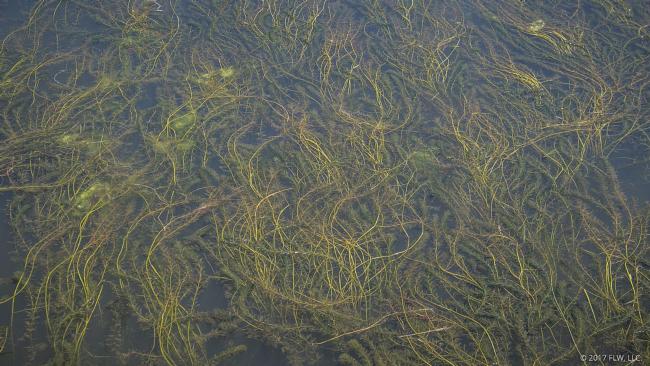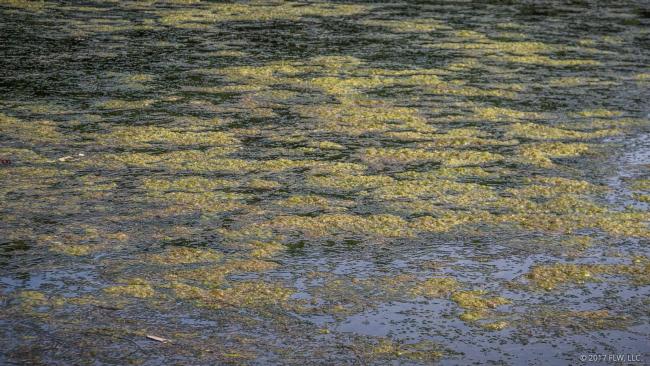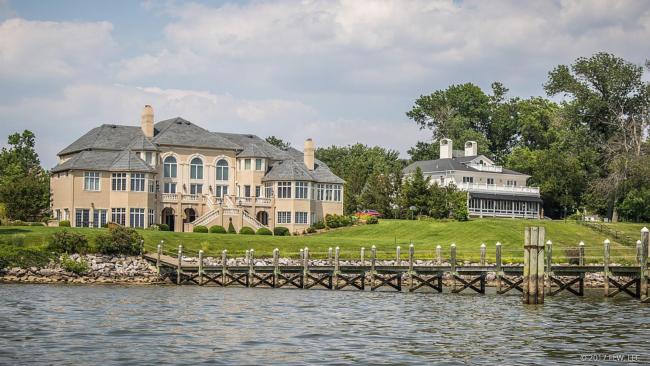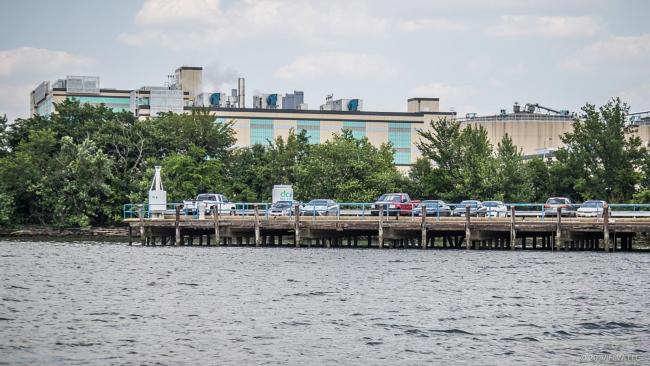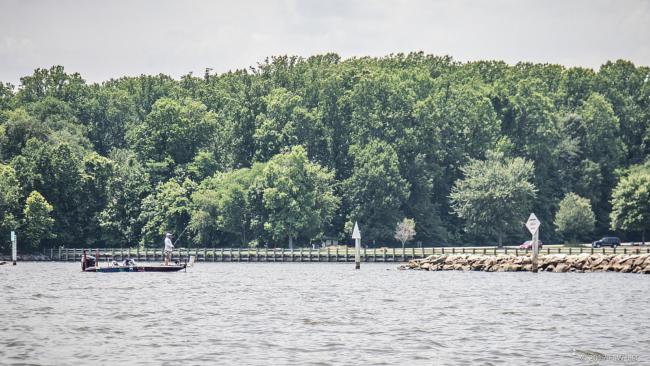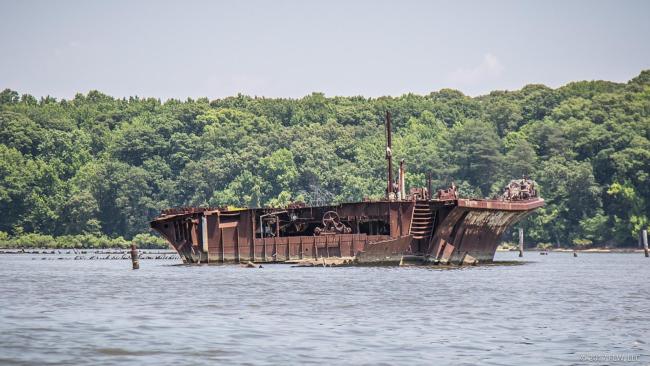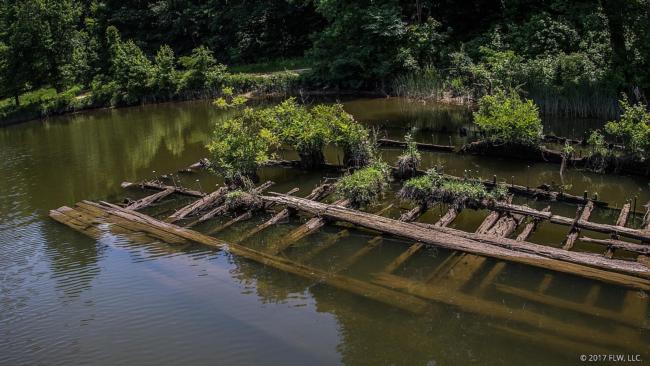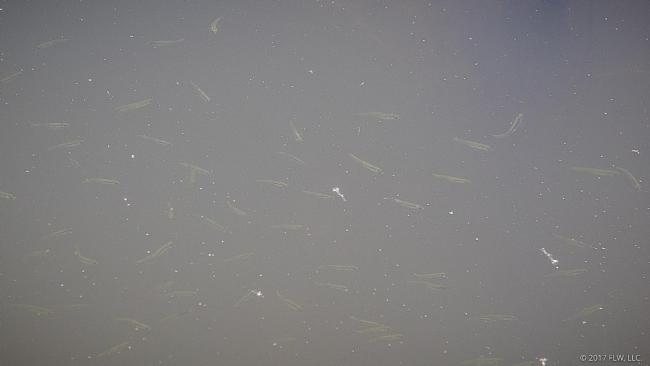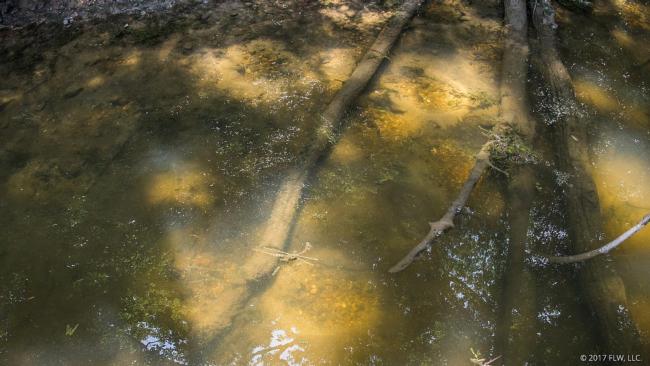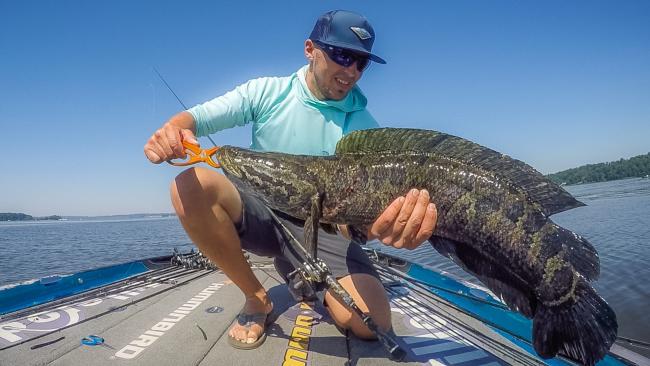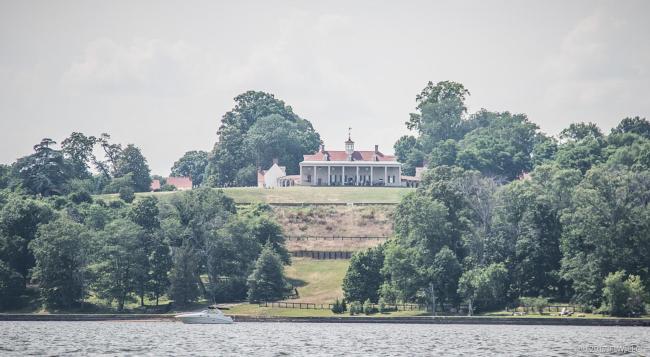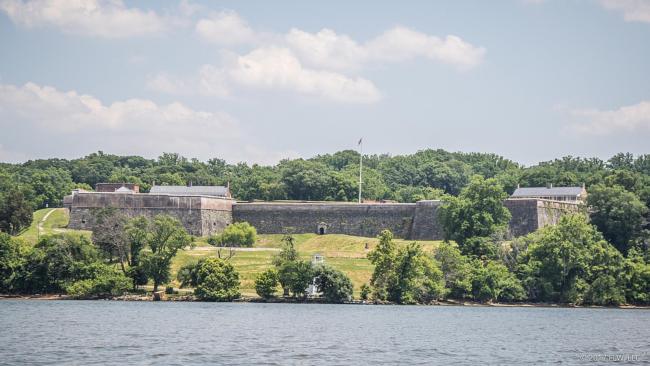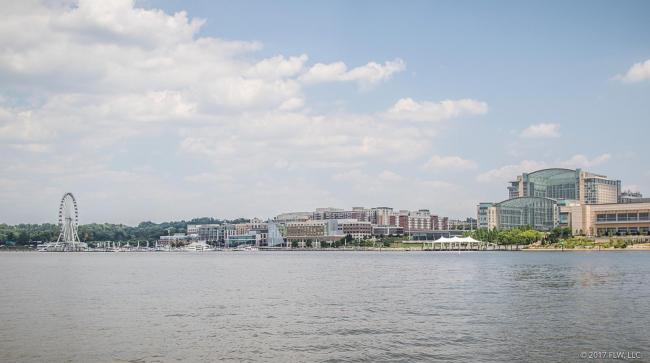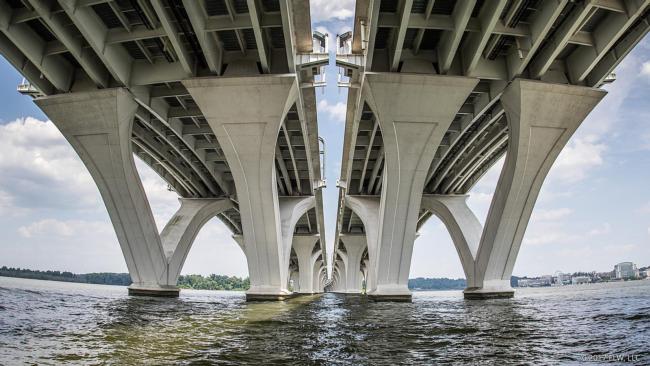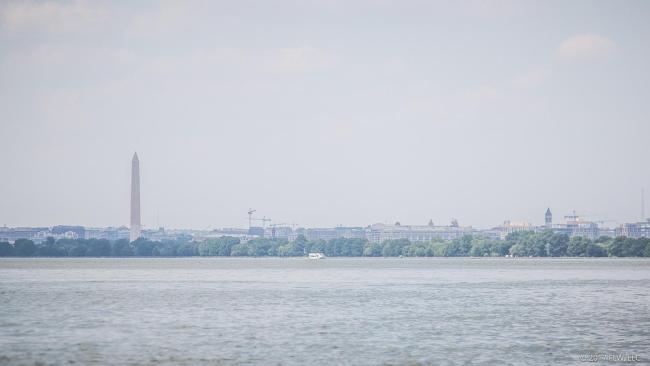Get to Know the Potomac River
A look around the playing field the historic tidal fishery offers
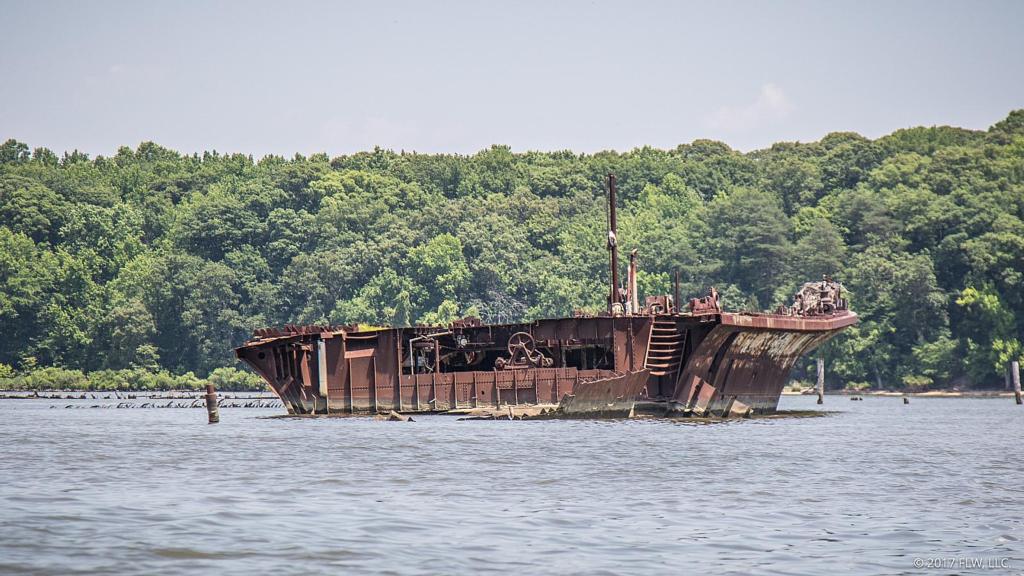
The Potomac River is a premier tournament destination with a ton of history to its name, bass-fishing and otherwise. This week’s FLW Tour presented by Costa Sunglasses looks to be hitting it at a prime time, with the river as healthy as it has been in years. Taken all together, it should be a fitting finale to the 2017 Tour season.
Smallwood State Park in Mattawoman Creek plays home to takeoff and weigh-in this week, and the creek itself is one of the best in the river, no doubt in part due to all the bass released there. Mattawoman is roughly in the middle of where the pros are likely to fish. For the most part, the river flows north to south out of Washington, D.C., and down into the Chesapeake Bay. Because of tides, it has more variable water movement than a standard river, and as you get closer to the Chesapeake Bay the salinity increases. In most bass tournaments on the Potomac the majority of the field fishes from up by D.C. down to about Potomac Creek.
Because of the tournament history on the Potomac, many of the best places are known by everyone in the field. Most of the more famous spots on the Potomac are creeks, or perhaps sections of them, that flow into the main river and offer shelter from harsh tides and provide consistent grass growth. Aquia (pictured) is one of the most southern creeks and one of the best, but basically all the major creeks will see action this week – from Potomac to Piscataway to Pohick (no, not every creek start with a P).
Creeks aren’t the only thing going though, there is plenty of grass on the main river for folks to tap into, especially this year. The picture above was taken on Greenway Flats during the 2016 Costa FLW Series, and it’s emblematic of one of the signature problems of the Potomac – many of the best spots are subject to crowding. Because most of the bigger grass flat are in pretty obvious areas, it’s easy for anglers to group up in productive places and go to town on grass-dwelling largemouths. Sometimes the pressure will get to even the best areas, but the community holes have factored into plenty of wins as well.
Big flats of grass are not the only places to catch fish on the Potomac, in addition to those types of places, there’s a little of most anything else an angler could ask for. Even during the heat of the summer, there are bass to be found far in the backs of the creeks where they neck down and can be nearly impassable on low tide. There, the water is usually at its clearest, and you can forget that the bustle of Washington D.C. and northern Virginia is just miles away.
Speaking of grass, the vegetation in the river this year is in great shape. Milfoil is the predominant type and the best, but there is also eelgrass, hydrilla, elodea and plenty of other types. The grass in most of the river hasn’t truly matted up yet, but it is growing very thick in some places and there are even a few areas with cheese mats that have formed. Between frogs, flipping baits and swimming baits, anglers will have plenty of options for plucking bass from the grass.
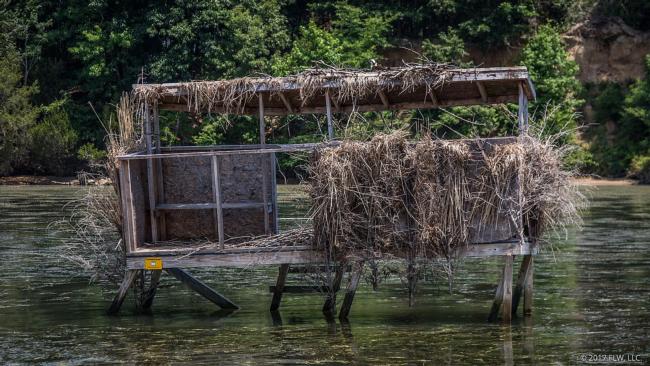
Docks are one of the primary forms of hard cover on the Potomac. Clark Wendlandt won in 2015 on a dock pattern, and they can certainly be consistent producers of bass. There are some big marinas on the river, but the bulk of the docks we’ll see anglers tap this week are likely to be pretty heavy-duty private docks running off the bank from houses and whatnot. Similar to docks, there are plenty of duck blinds scattered throughout the river as well.
In 2016, Justin Lucas won a B.A.S.S. Elite Series event off just one dock near the D.C. wastewater treatment plant. It’s a pretty famous spot and has probably gotten some extra pressure since his W, but it could certainly produce again this week.
Located on the opposite side of the river from Mattawoman Creek, Leesylvania State Park is the primary launch on the Virginia side of the river. In stark contrast to the grass beds, most of the hard cover in the river is a product of humans. From rip rap to docks and commercial detritus, there is a lot of it. Fishing hard cover on the Potomac can be productive, but again, it’s not quite as steady as the grass bite.
Mallows Bay has a pile of old barges and ships left to rot in it. They’re obvious and well-marked, but not everything on the Potomac is. Some of the biggest navigation hazards on the river are actually manmade in nature, and not just natural rock piles and the like. The Potomac has been a hub of human activity since before Europeans came to North America, and it remains so today.
In just a few hours of poking around on the Potomac you can tell that it’s a healthy fishery right now. You’ll see individual specimens of all kinds of bait pretty consistently in the grass with just a little looking. There is also a ton of bass fry right now, evidence of what must have been an excellent spawn. There are also some bluegill spawning, which could be an interesting pattern to watch for this week – big bass are known to like bluegill.
One last "fun" feature of the Potomac is a burgeoning population of northern snakeheads (the above caught in practice by Carl Jocumsen). Native to China, snakeheads were first found in Maryland in 2002, and have established a breeding population in over 60 miles of the Potomac River. They are big, aggressive fish that inhabit a similar niche as bowfin, and they love to blast a frog up shallow. Snakeheads are supposed to be killed when caught (decapitation is the recommended method), and they are very tasty.
One of the perks of fishing the Potomac is that it’s right next to Washington D.C., and between D.C. and northern Virginia, there are a plethora of interesting and historic sites to see from the water. Running up the river toward D.C., Mount Vernon is one of the first and most noticeable pieces of history you come in contact with. George Washington’s ancestral home is another historic building open to the public and has been turned into a pretty broad-reaching museum.
On the Maryland side of the river, the site of Fort Washington was first home to Fort Warburton (or, the first Fort Washington), built in the early 1800’s to defend the new capitol city. It was destroyed by the garrison in 1814 during the War of 1812, and rebuilt shortly thereafter. It’s part of the National Park Service today, and open for visitors.
National Harbor is a big, glitzy development on the Maryland side of the river just below D.C. It doesn’t look very conducive to fishing, but the 2012 T-H Marine BFL All-American was actually held there, and it was reportedly equal parts a pain in the neck and very cool. There are some docks and such that folks might fish, but it’s more a landmark than anything.
Right about where you cross from Maryland and Virginia into Washington, D.C., the 495 bridge straddles the river. There’s about a 10-minute long no-wake zone that runs north of the bridge in front of Old Town Alexandria, but pros can skirt it by running up the eastern shore of the river. They do so at their own risk though – that eastern shore has some hazardous rocks just waiting for a lower unit to munch on.
Up around Washington, D.C., the river begins to change quite a bit. Not only are almost all the banks developed in some way, but there are actually some smallmouths to be caught, particularly if you go up to the limits of navigable water. Unfortunately for smallmouth lovers, they aren’t going to be the deal this week, but it wouldn’t be a total shock for someone to weigh a brown fish or two in – Troy Morrow did in 2015.
